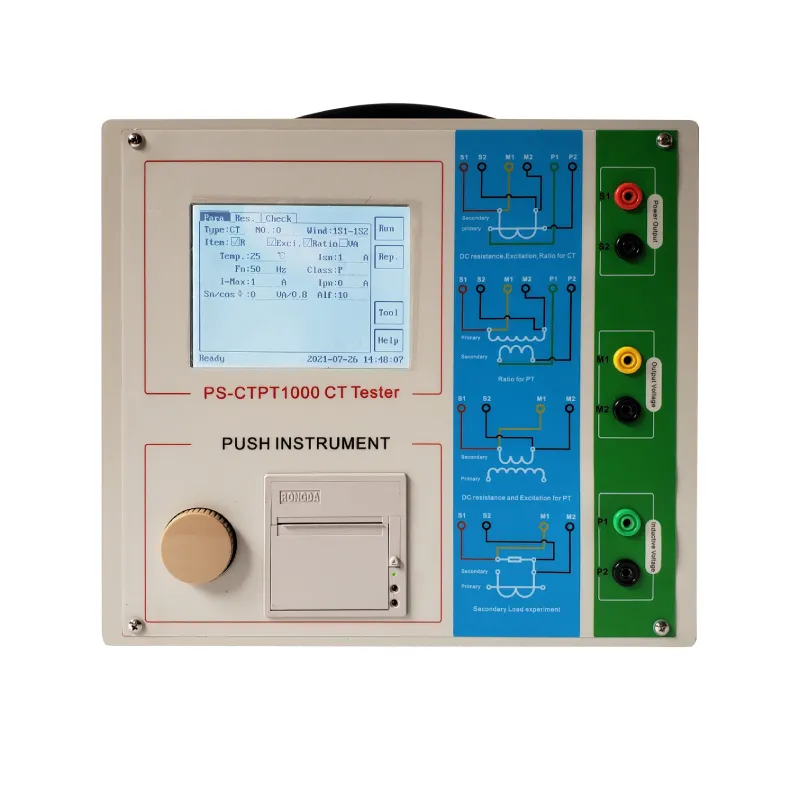 English
English



-
 Afrikaans
Afrikaans -
 Albanian
Albanian -
 Amharic
Amharic -
 Arabic
Arabic -
 Armenian
Armenian -
 Azerbaijani
Azerbaijani -
 Basque
Basque -
 Belarusian
Belarusian -
 Bengali
Bengali -
 Bosnian
Bosnian -
 Bulgarian
Bulgarian -
 Catalan
Catalan -
 Cebuano
Cebuano -
 China
China -
 China (Taiwan)
China (Taiwan) -
 Corsican
Corsican -
 Croatian
Croatian -
 Czech
Czech -
 Danish
Danish -
 Dutch
Dutch -
 English
English -
 Esperanto
Esperanto -
 Estonian
Estonian -
 Finnish
Finnish -
 French
French -
 Frisian
Frisian -
 Galician
Galician -
 Georgian
Georgian -
 German
German -
 Greek
Greek -
 Gujarati
Gujarati -
 Haitian Creole
Haitian Creole -
 hausa
hausa -
 hawaiian
hawaiian -
 Hebrew
Hebrew -
 Hindi
Hindi -
 Miao
Miao -
 Hungarian
Hungarian -
 Icelandic
Icelandic -
 igbo
igbo -
 Indonesian
Indonesian -
 irish
irish -
 Italian
Italian -
 Japanese
Japanese -
 Javanese
Javanese -
 Kannada
Kannada -
 kazakh
kazakh -
 Khmer
Khmer -
 Rwandese
Rwandese -
 Korean
Korean -
 Kurdish
Kurdish -
 Kyrgyz
Kyrgyz -
 Lao
Lao -
 Latin
Latin -
 Latvian
Latvian -
 Lithuanian
Lithuanian -
 Luxembourgish
Luxembourgish -
 Macedonian
Macedonian -
 Malgashi
Malgashi -
 Malay
Malay -
 Malayalam
Malayalam -
 Maltese
Maltese -
 Maori
Maori -
 Marathi
Marathi -
 Mongolian
Mongolian -
 Myanmar
Myanmar -
 Nepali
Nepali -
 Norwegian
Norwegian -
 Norwegian
Norwegian -
 Occitan
Occitan -
 Pashto
Pashto -
 Persian
Persian -
 Polish
Polish -
 Portuguese
Portuguese -
 Punjabi
Punjabi -
 Romanian
Romanian -
 Russian
Russian -
 Samoan
Samoan -
 Scottish Gaelic
Scottish Gaelic -
 Serbian
Serbian -
 Sesotho
Sesotho -
 Shona
Shona -
 Sindhi
Sindhi -
 Sinhala
Sinhala -
 Slovak
Slovak -
 Slovenian
Slovenian -
 Somali
Somali -
 Spanish
Spanish -
 Sundanese
Sundanese -
 Swahili
Swahili -
 Swedish
Swedish -
 Tagalog
Tagalog -
 Tajik
Tajik -
 Tamil
Tamil -
 Tatar
Tatar -
 Telugu
Telugu -
 Thai
Thai -
 Turkish
Turkish -
 Turkmen
Turkmen -
 Ukrainian
Ukrainian -
 Urdu
Urdu -
 Uighur
Uighur -
 Uzbek
Uzbek -
 Vietnamese
Vietnamese -
 Welsh
Welsh -
 Bantu
Bantu -
 Yiddish
Yiddish -
 Yoruba
Yoruba -
 Zulu
Zulu
dc winding resistance
Understanding DC Winding Resistance What It Is and Why It Matters
DC winding resistance is a critical parameter in the performance and reliability of electrical machines, particularly in motors and transformers. It refers to the resistance of the windings in these devices when a direct current (DC) is passed through them. This resistance can significantly influence the efficiency, heat generation, and overall performance of electrical systems. Understanding the factors that affect DC winding resistance, as well as its implications, is crucial for engineers and technicians working with electrical machinery.
What is DC Winding Resistance?
At its core, DC winding resistance is a measure of how much opposition current encounters as it flows through the windings of a motor or transformer. It is an essential aspect of the electrical characteristics of these devices, directly affecting their efficiency and heating characteristics. The resistance of the winding is determined by several factors, including the material of the wire, its length, cross-sectional area, and temperature.
The formula for calculating the resistance \( R \) of a winding is given by
\[ R = \frac{\rho L}{A} \]
where - \( R \) is the resistance, - \( \rho \) is the resistivity of the wire material (typically copper or aluminum), - \( L \) is the length of the wire, and - \( A \) is the cross-sectional area of the wire.
In practical applications, knowing the DC winding resistance facilitates the evaluation of the winding losses in electrical devices, typically referred to as copper losses. These losses occur due to the resistive heating while the current flows through the windings, increasing the operating temperature of the machine and reducing efficiency.
dc winding resistance

Factors Influencing DC Winding Resistance
1. Temperature The resistance of conductors increases with temperature. Thus, regular temperature measurements during motor or transformer operation are important to assess winding conditions accurately. The temperature coefficient of resistance, typically around 0.00393 per degree Celsius for copper, should be considered when evaluating winding resistance.
2. Winding Material The choice of conductor material dramatically impacts resistance. Copper is commonly used due to its excellent conductivity and lower resistance compared to aluminum. However, aluminum is lighter and more cost-effective, making it favorable in specific applications.
3. Winding Configuration The design of the winding, including the number of turns and the arrangement of the coils, can also affect the total winding resistance. Complex configurations could lead to varying resistance values across different sections.
4. Frequency of Operation While DC winding resistance is primarily measured under direct current conditions, the winding's performance can change when alternating current (AC) is applied due to reactance. However, understanding DC resistance is essential in applications where DC is the primary form of power.
Why DC Winding Resistance Matters
The implications of DC winding resistance in electrical machines are profound. High resistance can elevate energy losses, resulting in excessive heating and eventual failure of windings. Monitoring DC resistance allows for predictive maintenance, helping to identify potential issues before they cause catastrophic failures. Technicians often perform routine tests to measure the winding resistance, typically using a micro-ohmmeter, to ensure that the winding is in good condition and functioning efficiently.
In conclusion, understanding DC winding resistance is vital for engineers and technicians working in various industries, including power generation and manufacturing. It not only helps in designing efficient electrical devices but also plays a significant role in maintenance and operational reliability. By carefully measuring and managing DC winding resistance, professionals can ensure optimal performance and longevity of their electrical machines, ultimately leading to improved efficiency and reduced operational costs.
-
Transformer Test Essentials: Insulating Oil Tester and TypesNewsMay.30,2025
-
Grease Testers and Oil Determination OverviewNewsMay.30,2025
-
Exploring Electricity Usage Testers and GeneratorsNewsMay.30,2025
-
Essential Guide to Transformer Oil Testing ToolsNewsMay.30,2025
-
Ensuring Safety with a Circuit Breaker FinderNewsMay.30,2025
-
Electrical Safety Tools Hipot, Dielectric, VLF TestersNewsMay.30,2025



